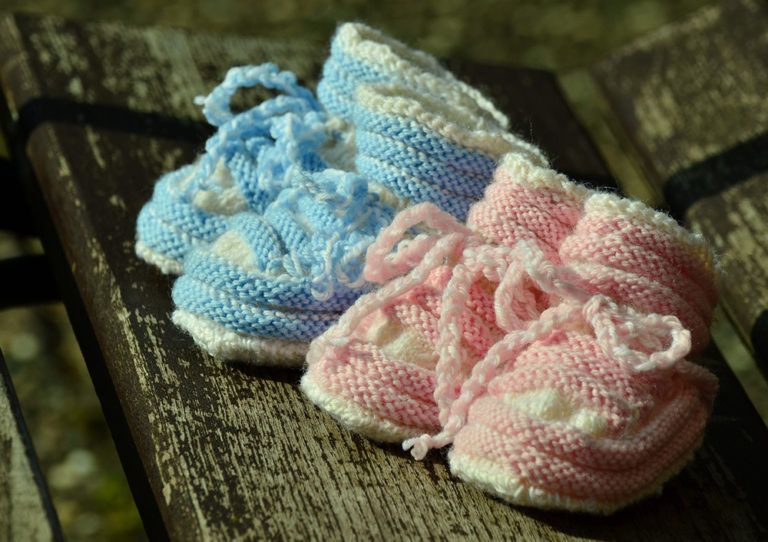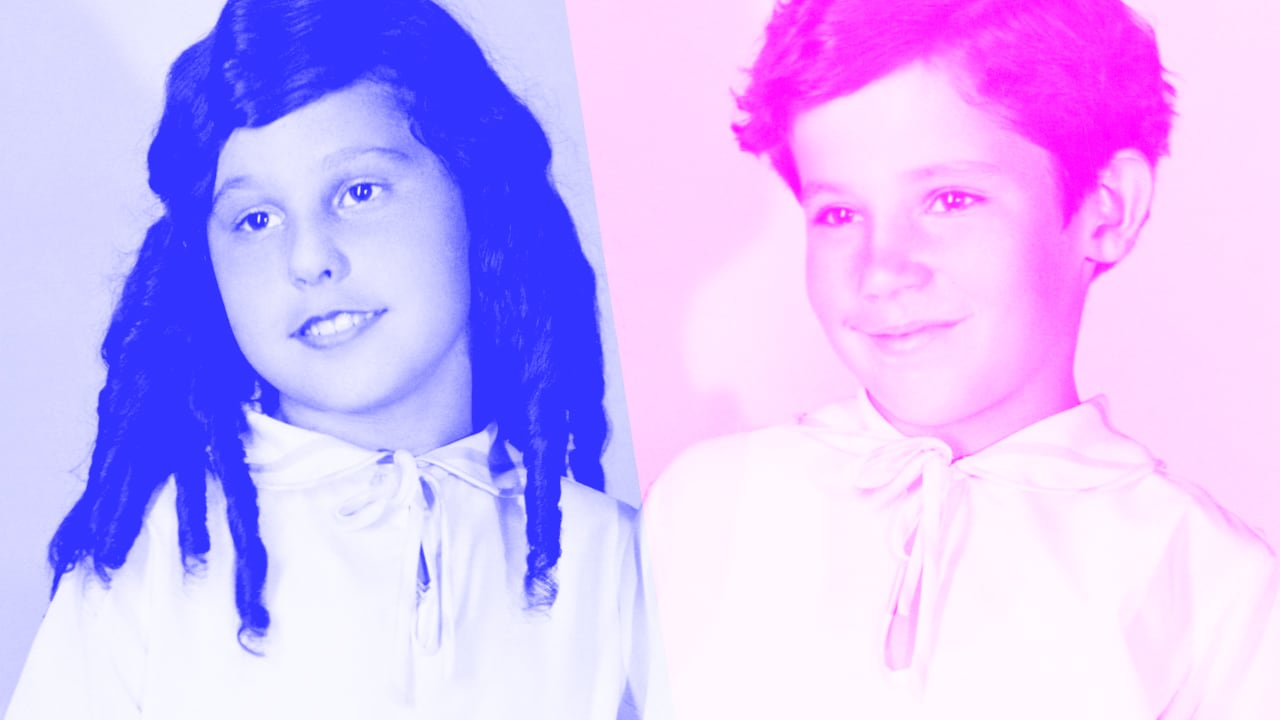Pink wasn t always a girl s color and blue a boy s color in fact it was once the other way around

Pink wasn’t always a girl’s color and blue a boy’s color - in fact, it was once the other way around.

In today’s world, it is almost instinctive to associate pink with femininity and blue with masculinity, particularly when it comes to clothing for babies. However, the truth is that this color association has not always been the norm. Surprisingly, there was a time when pink wasn’t considered a girl’s color, and blue was not exclusively associated with boys. Let’s delve into the intriguing history of these color preferences and how they have evolved over time.
Early Gender Neutrality and Color Perception
To understand this historical reversal, we need to travel back to the late 19th century. During this period, societal norms didn’t dictate specific colors for gender differentiation. Instead, many people preferred pastel shades for babies, regardless of their sex. This uniformity helped foster a sense of gender neutrality, emphasizing children’s innocence and youth rather than their gender identities.

The Transition Period
Around the early 20th century, manufacturers and marketers began to introduce color specificities to distinguish between genders. However, the color associations were not yet solidified as they are today. In fact, the original color assignment may surprise you.
According to historical evidence, blue was often associated with femininity, perceived as a delicate and dainty hue resembling the Virgin Mary in paintings. On the other hand, pink, considering its resemblance to a watered-down red, was associated with masculinity and strength. This peculiar arrangement was documented in publications, such as the Ladies’ Home Journal in 1918, where an article stated, “The generally accepted rule is pink for the boys, and blue for the girls.”
The Shift towards Modern Color Preferences
By the 1940s, societal perceptions around gender and color underwent a dramatic transformation. This shift was partly influenced by marketing strategies and cultural influences. Advertisements, celebrities, and even children’s books started to reinforce the notion that pink belonged to girls, while blue was the domain of boys.
One factor that contributed significantly to this change was World War II. With men going off to war, women assumed more prominent roles in society, including the workforce. To create a clear distinction between the genders, the color association was flipped as families embraced pink for girls and blue for boys. This shift allowed manufacturers to market gender-specific products, including children’s clothing, toys, and room decor.
Conclusion
The history of color preferences - specifically the association of pink with girls and blue with boys - has been a subject of evolving social constructs and marketing influences. From its early days of gender neutrality to the present-day color-coded gender expectations, this color reversal reminds us of the fluidity of societal constructs and the power of marketing in shaping cultural perceptions. Understanding this history helps us appreciate the significance of challenging and redefining traditional gender norms to promote a more inclusive and diverse world.
Source: Wikipedia - Pink
Tags
Share
Related Posts
Quick Links
Legal Stuff

